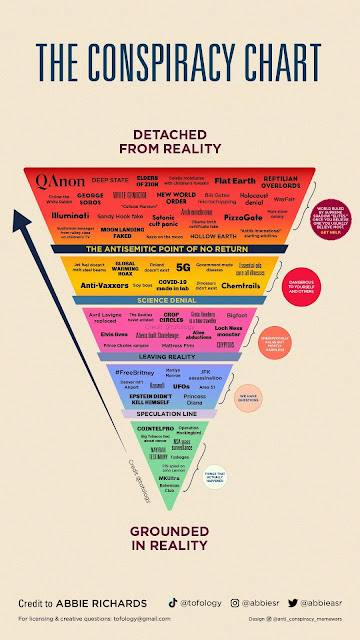There are common limits imposed upon the human imagination. For instance, when I sat down to write this, I burned about 25 minutes trying to remember the name of a French intellectual that was fascinated by the level of sensory information that the average human processes on any given day. As I recall, he sat down in his study and attempted to write a journal that was as exhaustive as humanly possible. Whether it was descriptive, or completely a work of stream of consciousness, I can't recall, but he gave up a few days later after writing some absurd amount of pages. There was just too much to account for. It was the "a picture is worth a thousand words" kind of dilemma. Anyways, I eventually gave up trying to remember his name. No... the irony isn't lost on me.
I very much enjoy open world games, and there are several elements that collectively contribute to their rendering authenticity. Geography, for one, must be close to scale. The density of props and interactable objects in the world must be placed with believable randomness. Structures and buildings must be unique, each with distinguishing features. NPCs must move and act in the environment with convincing variation. And transgressing the given social order must be met with a realistic consequence. Few games, if any, have offered something with this degree of detail and specificity. For the majority of titles, it’s just a crude representation of reality.
Jean Baudrillard's Simulacra and Simulation describes Disneyland (Chapter 1: The Precession of Simulacra. Section 4 - The Hyperreal and the Imaginary) at length, with it’s segmented districts throughout the park, and how each area represents a microcosm of Americana. The folly, of course, is that each zone is a simulacra, a representation in a series of representations, where the land being represented has no relationship to the original reality. Likewise, when game developers synthesize real life locations into an open world gaming experience, the dev team is inevitably relying on a shared conceptual toolbox of degraded signs and simulacra. The result is that something is always amiss. For instance, in games like Assassin‘s Creed: Odyssey the player is able to sail around the entire Mediterranean world, but each island the player can access is just a distillation of the genuine island. It takes 36 minutes by car to travel from The Temple of Apollo on Naxos to reach Mount Zas, but the player can reach the same location in about 5 minutes in-game. Likewise, the island of Crete (Messara and Pephka) in-game can be ran across in under a half hour. In real life, the island is 260 km long. |
| Naxos IRL |
Environments can have both intensive amounts of detail, as well as a complete lack thereof. It's just a matter of perspective of what's important and what our own attention spans can accommodate. If a player was given the task of traveling 2000 miles of real distance in real time, then nothing would get done. Flying from Los Angeles to London, even going 570 miles per hour, takes about 11 hours. Driving from Los Angeles to Las Vegas takes approximately 5 hours to traverse almost 300 miles. In the latter example, most of that space is the Mojave Desert with little to no variation in geography and landmarks. As gamers, we hunger for a sense of scope and realism, but I don’t think we consider how vast (and empty) the real world actually is. With this in mind, the above characterization of Naxos is to the gamer's benefit, even if it thwarts true realism.
Lately with all the work at Electi Studio, I have rediscovered that fantasy and sci-fi literature still evokes a sense of grandeur. Granted, playing a video game involves the player as a participant in a simulated space. A player can pick up items, traverse obstacles, read and recognize visual cues and text, yet the level of immersion is compromised, once something becomes out of place. In books, at least, the author is selectively futzing with the reader's focus, pointing them to different aspects of the world. The reader, however, has the prerogative to fill out the space procedurally with novel contextualization. "A hero walks in to a cave..." Immediately, the reader populates their mind with the image of a cave. "The hero takes a seat on the ground and unpacks a bag of provisions..." The reader then synthesizes the contents of the backpack, along with other environmental objects contained in the cave. This was my nightmare when working on Hobgoblin as a consultant. I would read something that Mike wrote, and the procedural rendering of the scene in my mind would highly differ from his. This is completely normal, obviously, but the work gets complicated when what you see in your head needs to conform to what the author sees in theirs. Mike might describe a colossal cave worm erupting from the ceiling of a cavern, but what recommendations I ultimately make need to conform to Mike's vision. And that's hard, honestly. It's like describing, on a color blind person's behalf, what red looks like to someone who isn't color blind.
 |
| Epic Games |
It's my hope that someday we can get something truly "photoreal", although it should include some input from the player. Perhaps a meshing of tech where the player is supplying the aesthetics and the game engine the geometry? That would be nice. Or, a table-top gaming experience that relies on our own imagination to build out an AR game board? One can only dream!




























